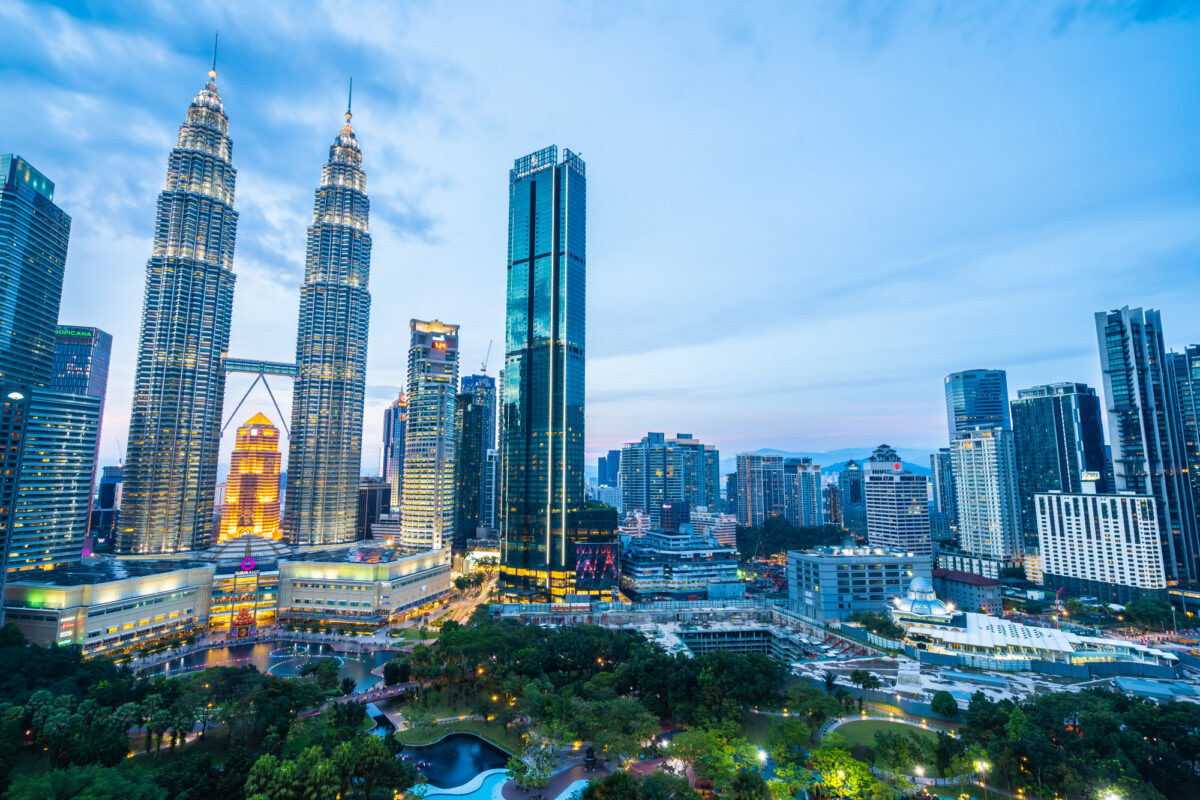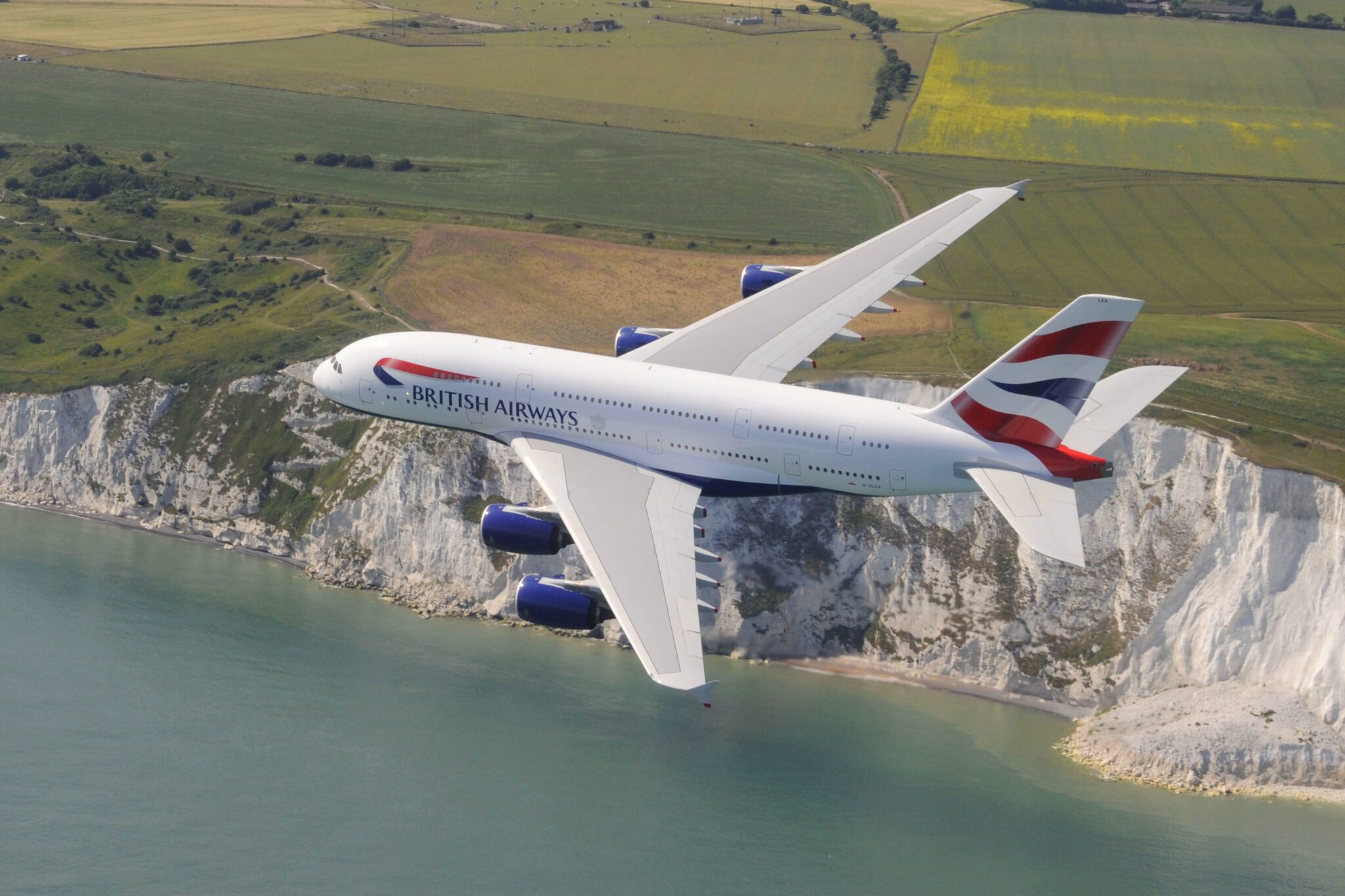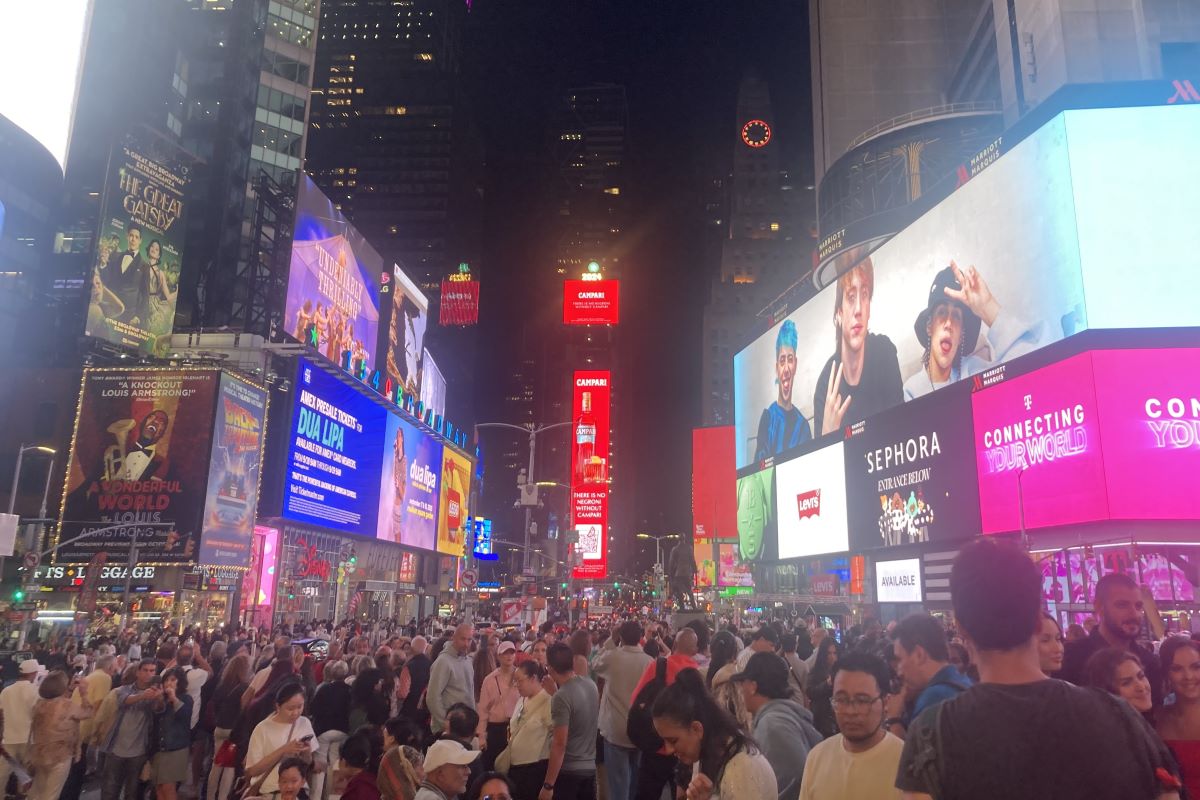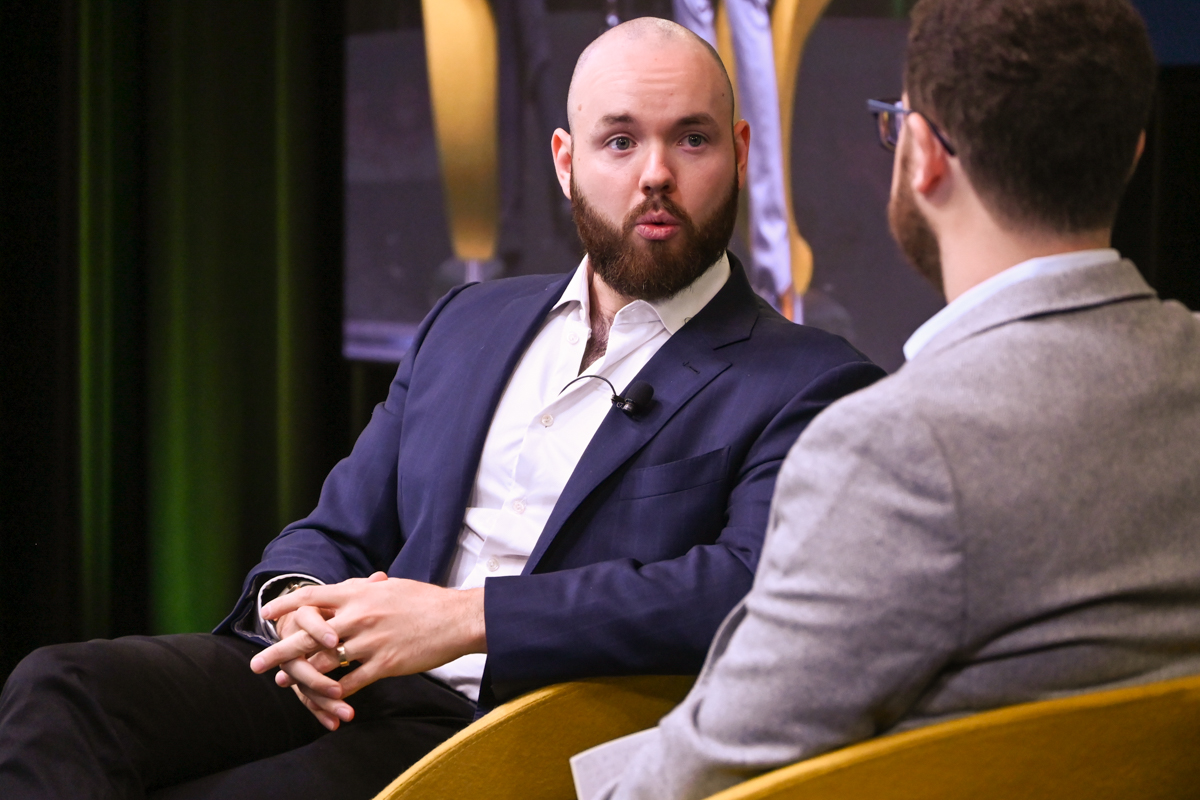Still Struggling, SeaWorld Announces Major Cost-Cutting Plans
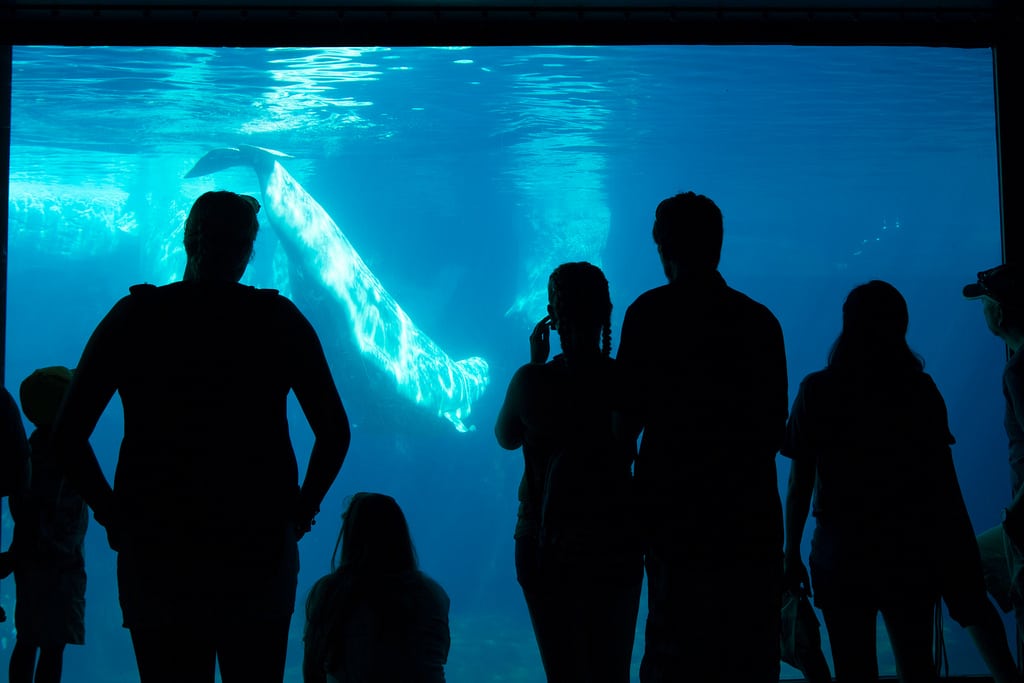
Skift Take
With attendance, revenues, and profits still sinking, SeaWorld Entertainment on Tuesday announced plans to cut costs significantly and take a “do-more-with-less” approach to new rides and attractions.
In a call with analysts to discuss third quarter earnings, president and CEO Joel Manby said the theme park company was working on a “comprehensive” program to reduce costs by $65 million with net savings of $40 million over the next couple of years.
SeaWorld Entertainment announced in March that it would end its signature killer whale shows and stop breeding orcas following the controversy that erupted over the documentary Blackfish. The company has since seen improvements to its image, but financial performance has remained a drag.
“We’ve been through some difficult times, but we’ve got a clear strategy that we are executing,” Manby said. “Obviously we want to move faster, we want more results faster. However, we have a clear path to 2017.”
With the help of a consultant, the company, which includes 12 parks around the United States, is also implementing a streamlined revenue and pricing system intended to move “customers up our price ladders” to increase per-person spending.
In the third quarter, revenue fell 2 percent to a little more than $485 million, while net income dropped from $98 million last year to nearly $66 million this year. Attendance fell by 30,000 to 8.34 million, mostly due to bad weather and fewer Brazilian tourists, a huge problem in the second quarter as well.
The drop in Latin American attendance and the impact of hurricanes Hermine and Matthew will ultimately hit earnings by roughly $35 million, Manby said.
“That’s not an excuse. But we know where we got hit, we know where we got punched, we know exactly what we are doing to address it,” he said. “And I think the key point is our plan’s in place and on the elements we can control in our plan, we’re seeing traction.”
Manby also suggested some reasons for optimism. While Latin American attendance was down by 28 percent compared to a year ago, that decline was not as bad as the 47 percent drop in the second quarter. And overall, Florida attendance actually increased 1.3 percent thanks to the opening of a new roller coaster, Mako, in Orlando.
Another potential pitfall hasn’t turned into a threat. The Zika virus has still not started spreading by local transmission in Orlando and its presence elsewhere in Florida appears to be “a non-issue,” Manby said.
Looking to next year, the CEO said early sales of season passes are up at every park. Earlier this fall, the company announced details about new attractions for 2017 that include family friendly rides in San Diego, a wooden coaster in Williamsburg, a rescue-themed roller coaster in San Antonio, and a new virtual reality feature for an existing ride in Orlando.
Despite those additions, next year’s capital spending will be lower than it was in 2016. The company has said it will put aside a maximum of $175 million a year in capital expenditures but will try to bring that number down without hurting the number of new offerings.
Manby did not give details on cost-cutting plans, though he did say the company expects to spend less on efforts to improve the brand’s reputation moving forward. He said that reputation effort would be folded in with traditional marketing to drive sales.
Asked how he felt about the company’s competitive position in Orlando, where rivals Disney and Universal both continue to spend big on new rides and themed areas, Manby said he felt confident despite his much smaller war chest.
SeaWorld’s tactic in Orlando, he said, is focused on value — both in the kind of rides the park adds and in the price to visitors, which is lower than that of bigger competitors.
“We are putting capital in place that our business model can afford,” Manby said. “Obviously we can’t do the $200, $300 million attractions — they’re going after a different strategy — but we put in Mako, which was very affordable within our cash flow and our pricing strategy, and we got tremendous results from it.”
He also said he expects to see some trickle-down benefit from growth at other parks in the Orlando area.
“When they put those great attractions in, the market grows,” Manby said. “This is the largest tourist market in the world. We will get our fair share of it with our incredible value proposition.”

